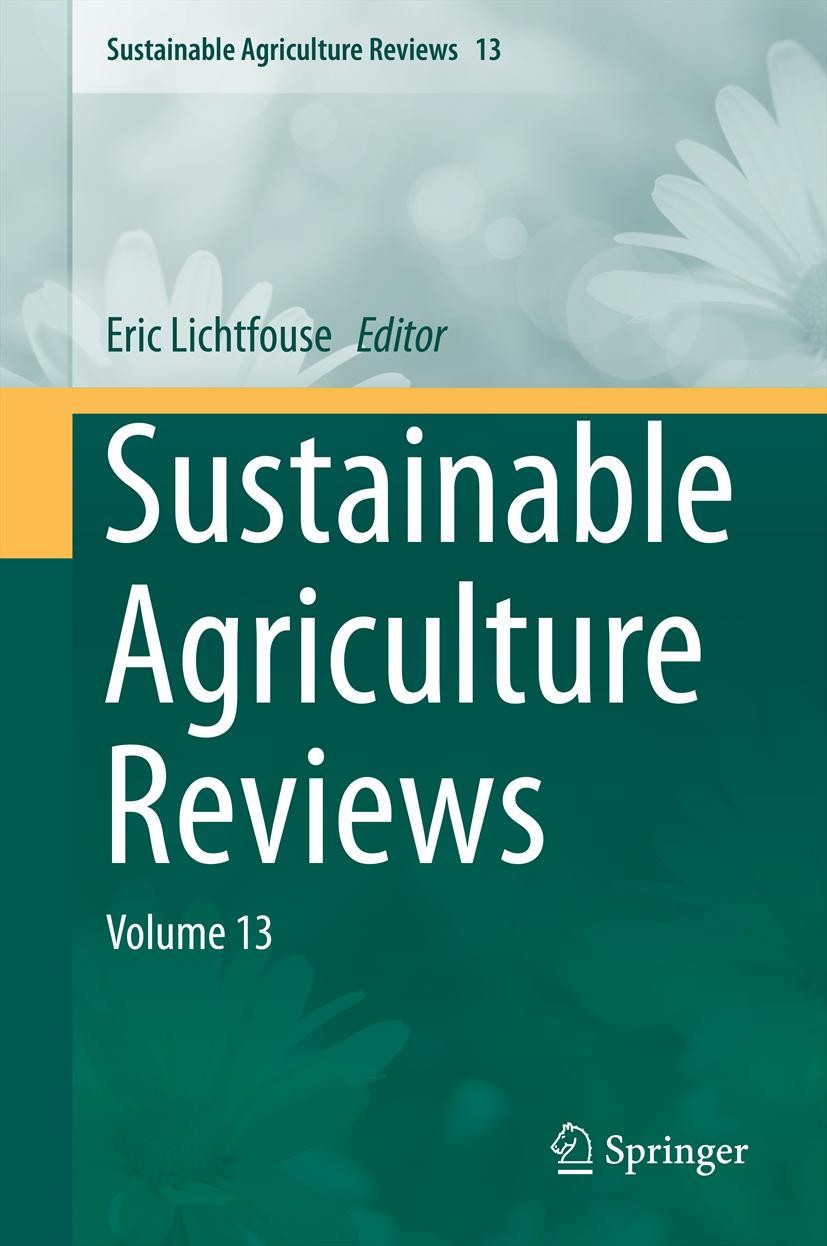| 书目名称 | Sustainable Agriculture Reviews |
| 副标题 | Volume 13 |
| 编辑 | Eric Lichtfouse |
| 视频video | http://file.papertrans.cn/883/882954/882954.mp4 |
| 概述 | Presents safe techniquest to preserve stored grains.Lists biopesticides produced by plants.Review methods to control ants.Includes supplementary material: |
| 丛书名称 | Sustainable Agriculture Reviews |
| 图书封面 |  |
| 描述 | .Sustainable agriculture is a rapidly growing field aiming at producing food and energy in a sustainable way for humans and their children. It is a discipline that addresses current issues: climate change, increasing food and fuel prices, poor-nation starvation, rich-nation obesity, water pollution, soil erosion, fertility loss, pest control and biodiversity depletion. This series gathers review articles that analyze current agricultural issues and knowledge, then proposes alternative solutions.. |
| 出版日期 | Book 2014 |
| 关键词 | food security; integrated nutrient management; phytoremediation |
| 版次 | 1 |
| doi | https://doi.org/10.1007/978-3-319-00915-5 |
| isbn_softcover | 978-3-319-03372-3 |
| isbn_ebook | 978-3-319-00915-5Series ISSN 2210-4410 Series E-ISSN 2210-4429 |
| issn_series | 2210-4410 |
| copyright | Springer International Publishing Switzerland 2014 |
 |Archiver|手机版|小黑屋|
派博传思国际
( 京公网安备110108008328)
GMT+8, 2025-12-17 18:12
|Archiver|手机版|小黑屋|
派博传思国际
( 京公网安备110108008328)
GMT+8, 2025-12-17 18:12


